|
As I go through my homebuilding process, I’ll be letting you know what I learn in my preconstruction and construction meetings, and what tips I pick up on the job site from contractors. Last week I met with my architect and construction manager to clear up a few last details before we send the plans off to more subcontractors for bids. Although my experience and my house will obviously be different from yours, I’m hoping what I learn through my process will help you with your project. This week, I have a short list of quick tips that I picked up during my meeting. 1. If code will allow, and you live in a windy and/or rainy area, make exterior doors open towards the outside instead of opening into the house. Most residential entry doors swing inward, toward the inside of the house. Safety was the original reason for this. Entry doors that opened toward the outside were thought to be unsafe because their hinge pins were then exposed to the outside, where they could have been easily popped out by a burglar to remove the door and get into the house. But that’s an outdated design. Most of today’s pre-hung entry doors have special security hinges that can no longer be removed when the door is closed. The doors have to be open in order to remove hinge pins and remove the door. If the door is closed and locked, you can’t just pop the hinge pins out and pop the door off of today’s outswinging doors like you were able to in the past. So entry doors that swing open into the outdoors have become safe and acceptable. And, as the quick tip implies, doors that open outward are more resistant to hurricanes, high winds and driving rain, as compared to popular inward swinging doors. That’s because wind pressures actually push the outward swinging door more tightly against the door seals, and that helps reduce water and wind intrusion. Most exterior doors installed in hurricane zones must open outwardly, by code, for this reason. Although you should consider outswinging entry doors in rainy, windy, storm prone areas, if you live a region that gets a fair amount of snow, avoid doors that open toward the outdoors because, if snow piles up outside your door, you won’t be able to open the door at all. Another reason you might want to avoid an outswinging entry door is because most people aren’t used to them. When you open the door for guests, your visitors will have to step out of the way of the door in order to get into the house. So if you get lots of visitors, you might want to go with a traditional inswinging door. Just realize the traditional inward swinging entry doors are easier for burglars to force open. But there’s an advantage here too, because doors that open into the house are easier for the fire and police departments to force open in case of emergency. Like I always tell you, building codes vary from region to region, so check your local code authority to see what’s allowed. In most areas, you will have a choice of which way to swing your entry doors. Consider the weather in your area, the number of visitors you get, your risk of burglaries and emergencies, and don’t forget to think about the amount of indoor or outdoor floor space to swing the door open, either inward or outward. Okay, that tip wasn’t so quick, but let’s go though a few other tips at a faster pace. 2. If you are building in a windy, rainy area, choose sliding patio doors over french doors. For similar reasons that an outward swinging entry door is better for windy, rainy areas, sliding patios also are better than french doors. Sliding patio doors, in general, resist wind and rain pressures better than french doors because sliding doors have fewer openings through which wind and rain can make their way in. 3. Request that plumbers place heavy weight mesh over larger exterior pipe and drain openings to decrease the risk of small animals getting into those outdoor drains or pipes. You don’t want small animals either making that their home there, or getting stuck there and dying, causing a horrible odor around your home. This is especially important if you live in a wooded area where there is a fair amount of wildlife. After you move in, you might also get pest control people to inspect those exterior drains and pipes yearly to make sure mesh is still in place and that the openings are free of small animals and pests. 4. Choose full thickness natural stone over either natural stone veneer, or man made, cultured stone, if you get a lot of rain or if you live in a climate that has several freeze thaw cycles during the winter. You probably have numerous of freeze thaw cycles if your region has lots of temperature fluctuations during the winter. For example, if temperatures are in the 20’s and low 30s one week or at night, and in the 50s or 60s during the day, or during the next week. In those regions, lots of cyclical freezing and thawing is happening and that can be hard on some building materials. Okay, now let’s define the 3 different exterior stone products I’m talking. Natural stone is a naturally occurring and comes from the earth. Full thickness natural stone is anywhere from 3-6 inches deep (deep is the dimension measured from front to back). Man made, cultured stone is also called manufactured stone, or fake or faux stone, and is made of cement, pigments and aggregate materials. Most man made stone is around an inch deep, sometimes a little less than an inch, sometime a little more. Natural stone veneer is also usually around an inch deep, but it’s not man made. It’s naturally occurring stone from the earth. It’s just cut thinner than full thickness natural stone. It’s the thinner cut products (the natural stone veneer and the man made cultured stone) that are vulnerable in rainy climates, and especially in those areas with lots of freeze thaw cycles. Neither of these thinner alternatives are as durable and resilient as full thickness natural stone. Now, people disagree about whether the alternatives look as good as full thickness natural stone, but my architect and construction manager say there is no argument about what holds up better under the challenging weather conditions we’ve talked about. The thinner alternatives, especially the man made products, soak up water much more readily than full thickness natural stone. This water absorption weakens the integrity of the thinner alternatives. Then, when water infiltrates the thinner cut products, and the water inside the thin stone freezes and thaws several times per year, that further degrades the material, causing the thinly cut stone products to crack, chip and even pop off of side of the house. Although full thickness natural stone is heavier and more expensive than the alternatives, full thickness natural stone is probably the better choice if you get a significant amount of rainfall and regular freeze thaw cycles. That’s because that thick natural stone is at less risk for significant water absorption, freezing and deterioration. To help decrease the amount of chipping, cracking and breakdown of thinner stone products, you can cover the products with a water resistant sealant. But the added expense of that sealant, and the labor cost to apply the sealant, will raise the cost of using the thinner alternative. Man made stone is almost always less expensive than full thickness natural stone. Natural stone veneer is sometimes less expensive than its full thickness counterpart (sometimes they charge more for natural stone veneer because of the labor involved with cutting the stone thinner). If you go with a thinner stone product with sealant, make sure you add in the extra costs of buying and applying the sealant when comparing prices between your stone options. Sealants can also be used on full thickness natural stone for extra protection. Rainscreens, which we talked about in episode 145, are also helpful in decreasing moisture penetration in stone siding. 5. Consider factory made cabinets if you want medium or lighter wood stained cabinets because it’s difficult to get matching wood veneers and stains with cabinets built on site (at least that’s the experience in my area). Darker stains are more forgiving, and are easier to do locally, but the medium or lighter stains that are so popular in new kitchens today can show quite a bit of color variation, especially if you want simple, flat cabinet fronts. With quality factory-finished cabinets, you usually get furniture grade wood veneers and and furniture grade staining quality since the cabinets are produced in a temperature controlled, quality controlled environment. My construction manager says painted cabinets finishes are pretty easy to get right, so he often has painted cabinets made locally. And it’s ok to mix and match and have the local cabinet maker produce your painted cabinets, if you can save some money, and then have any stained cabinets made by a cabinet company that uses factory, furniture-grade finishes. I’m saying this because many kitchens today are using a mixture of painted and stained cabinets. 6. Realize that if you order online cabinets (with no local representative to take measurements), you are risking making mistakes in measurements and ordering the wrong sized cabinets. If you make a measurement mistake, you will have to pay for the replacement cabinet. If a local brand representative, or local cabinet company takes the wrong measurement, the company will usually pay for the replacement cabinet in the correct size. The online price savings may be worth you taking that risk, but I just want you to make an informed decision. 7. Choose leaf filters over leaf guard hoods to prevent leaves from clogging your gutter system. Leaf filters are made of metal and have numerous sieve like openings which let water enter your gutters. Leaf filters easily catch lots of water, but keep skinny pine needles and small pieces of debris out. Leaf guard hoods, with their long, narrow slit openings, block most leaves and large pieces of debris, but sometimes get clogged by needles and small pieces of debris. In addition, they may have a hard time catching large amounts of water during heavy rainfalls. That's it for this week. I hope you learned as much as I did. If you find the show helpful, don't forget to subscribe to show so new episodes will come to you as soon as they come out. And you can support the show by sharing it with friends and family, or anyone you meet who may be building or remodeling a house. Please remember that the purpose of this podcast is simply to educate and inform. It is not a substitute for professional advice. The information that you hear is based the only on the opinions, research and experiences of my guests and myself. That information might be incomplete and it’s subject to change, so it may not apply to your project. In addition, building codes and requirements vary from region to region, so always consult a professional about specific recommendations for your home. Thanks for stopping by.
1 Comment
ralph domdey
6/21/2019 06:18:27 pm
Hi Michelle, I favor the full view glass door, or storm door, not sure if that is still in style or not. Naturally the front door would have to swing in, just a reminder if someone wants to use a glass door. Thanks for the podcast.
Reply
Your comment will be posted after it is approved.
Leave a Reply. |
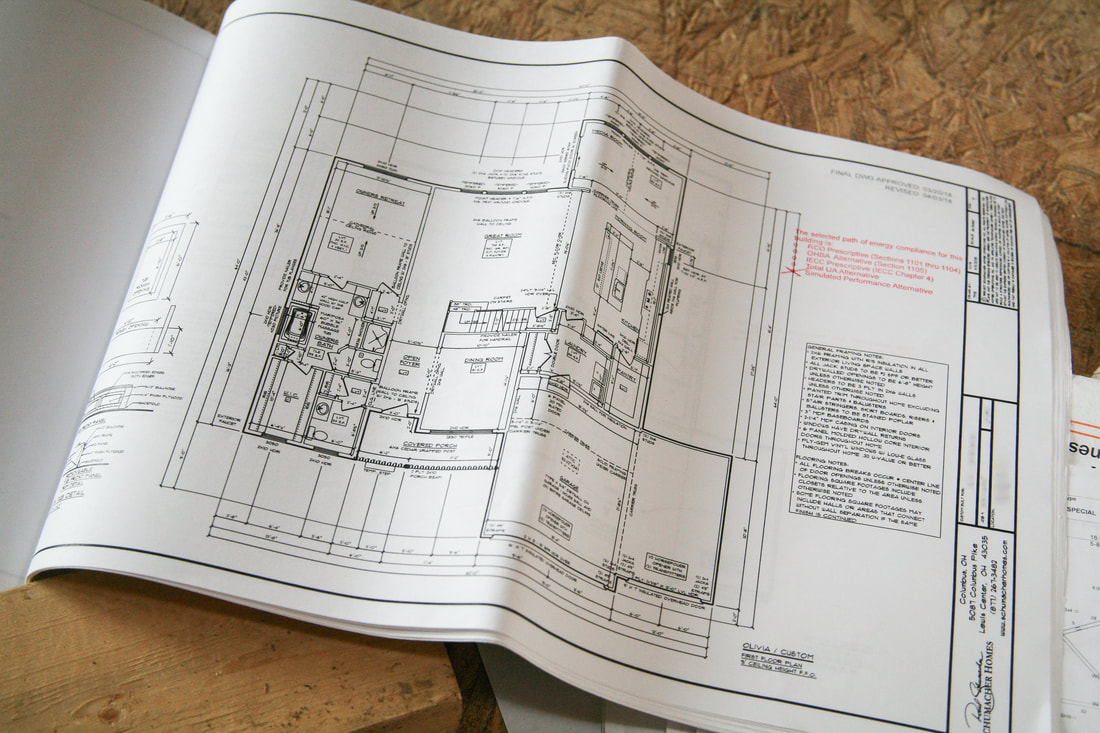
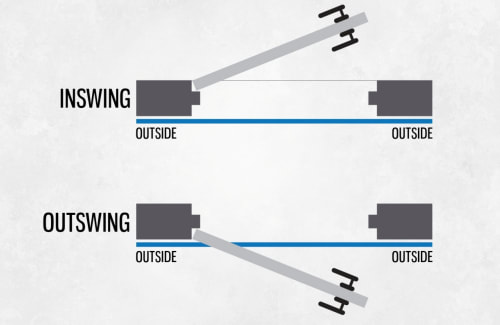
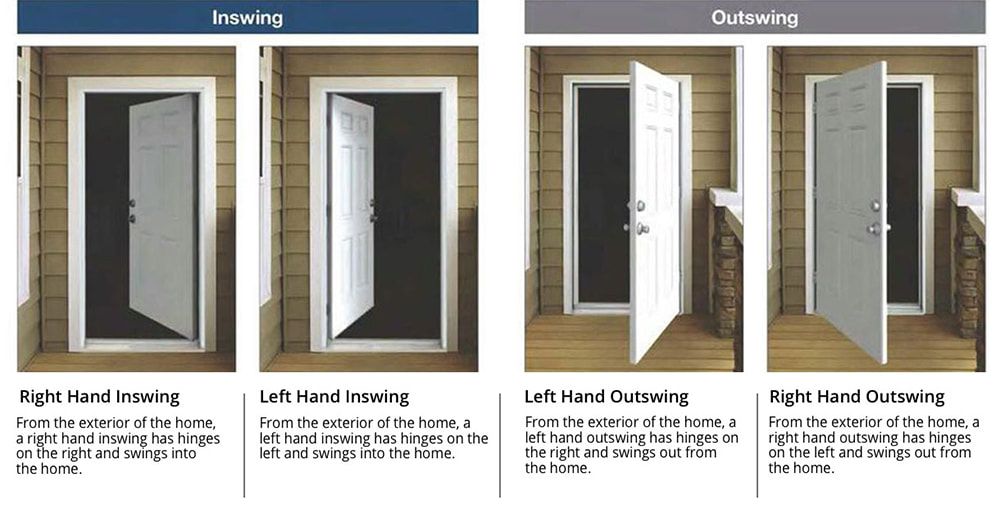
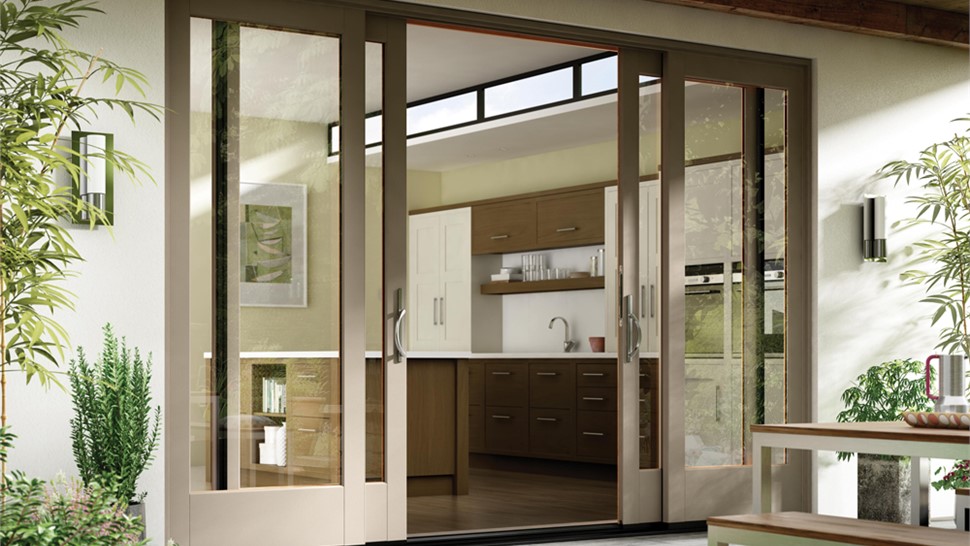
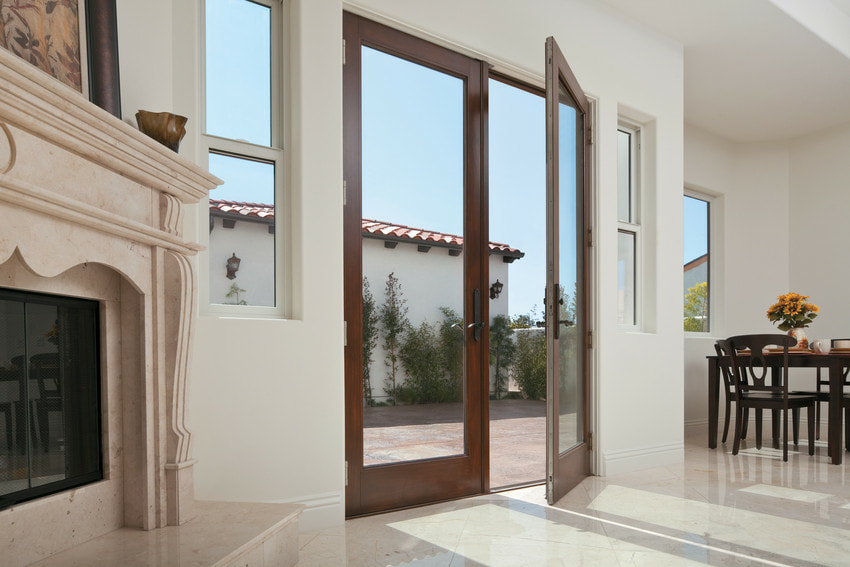
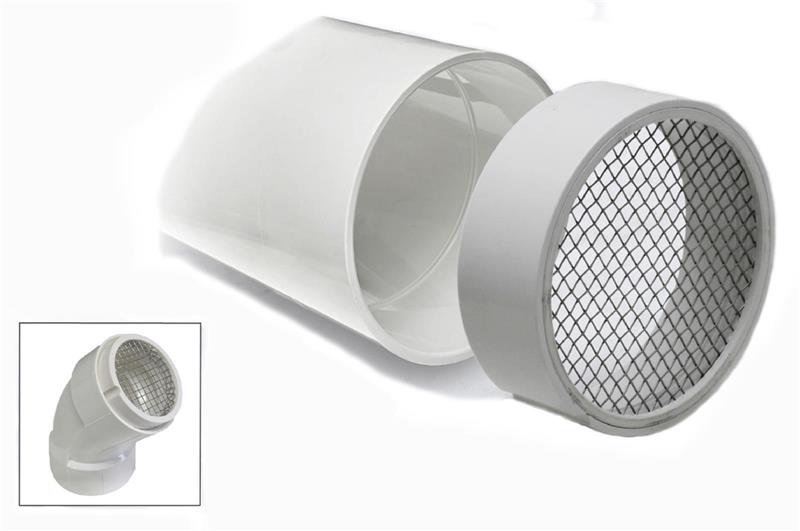
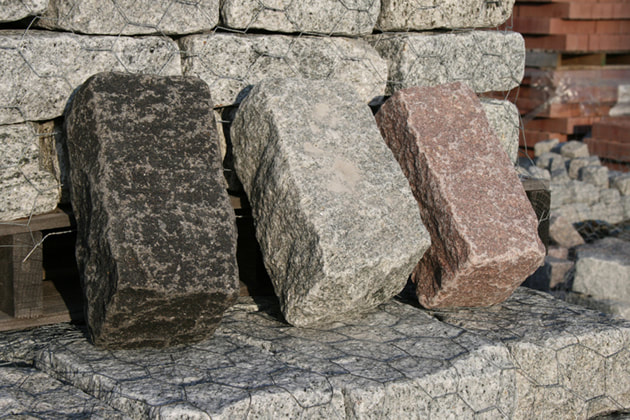
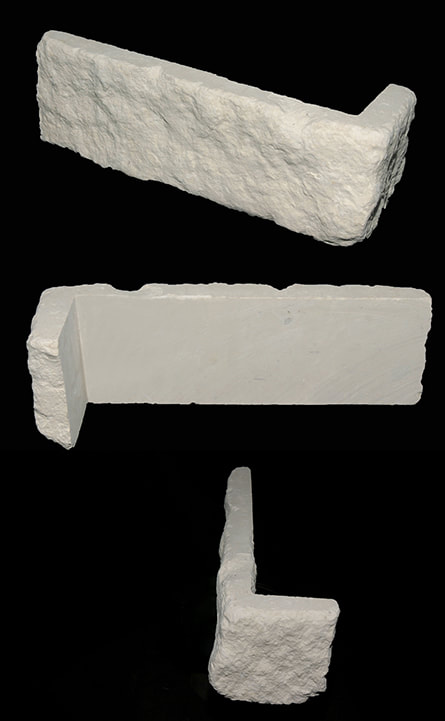
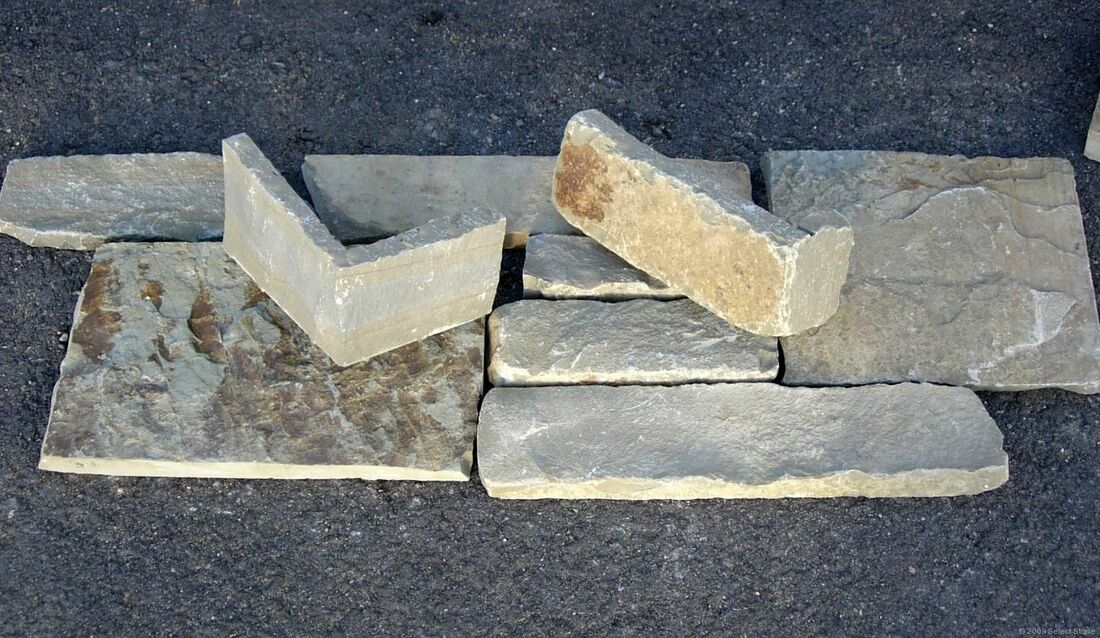
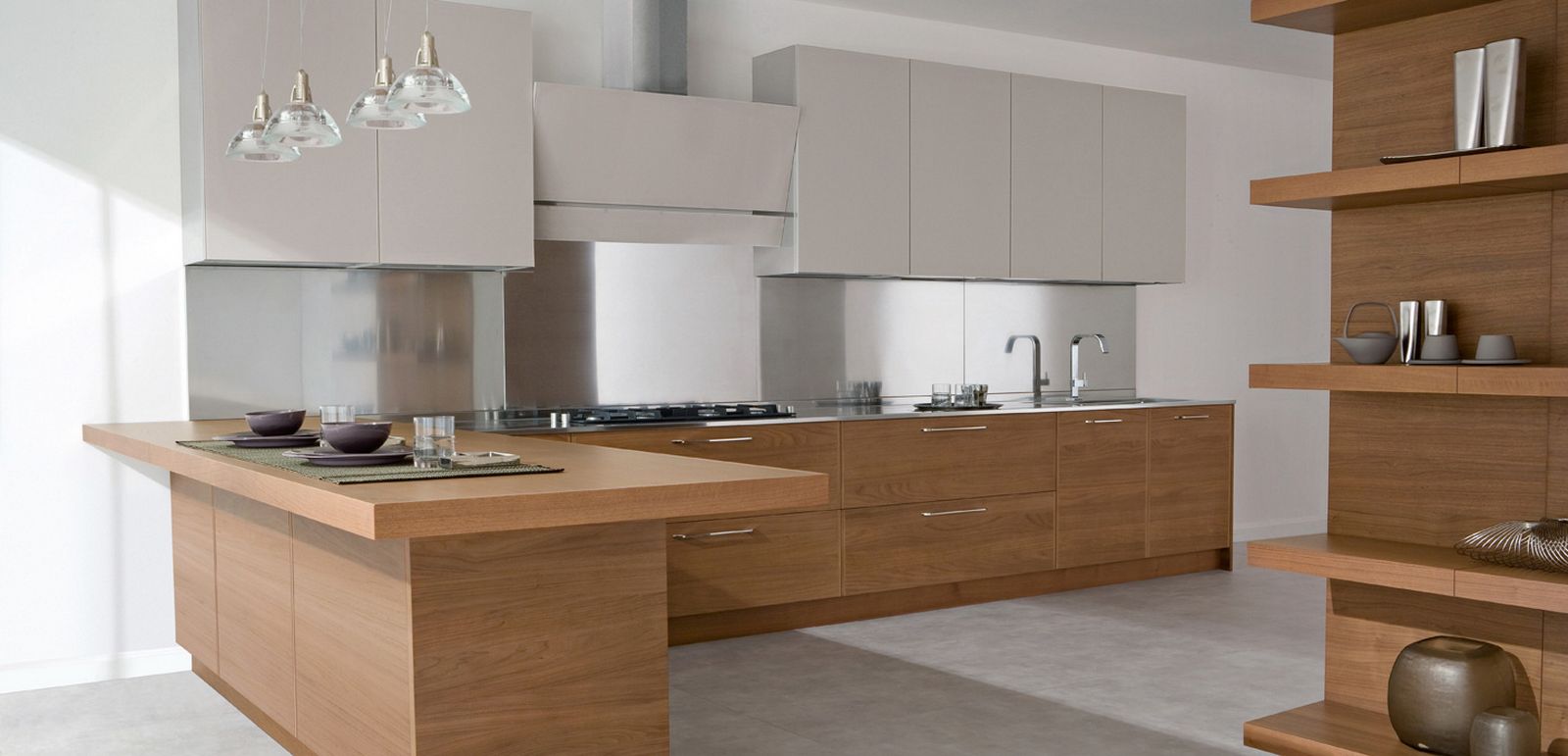
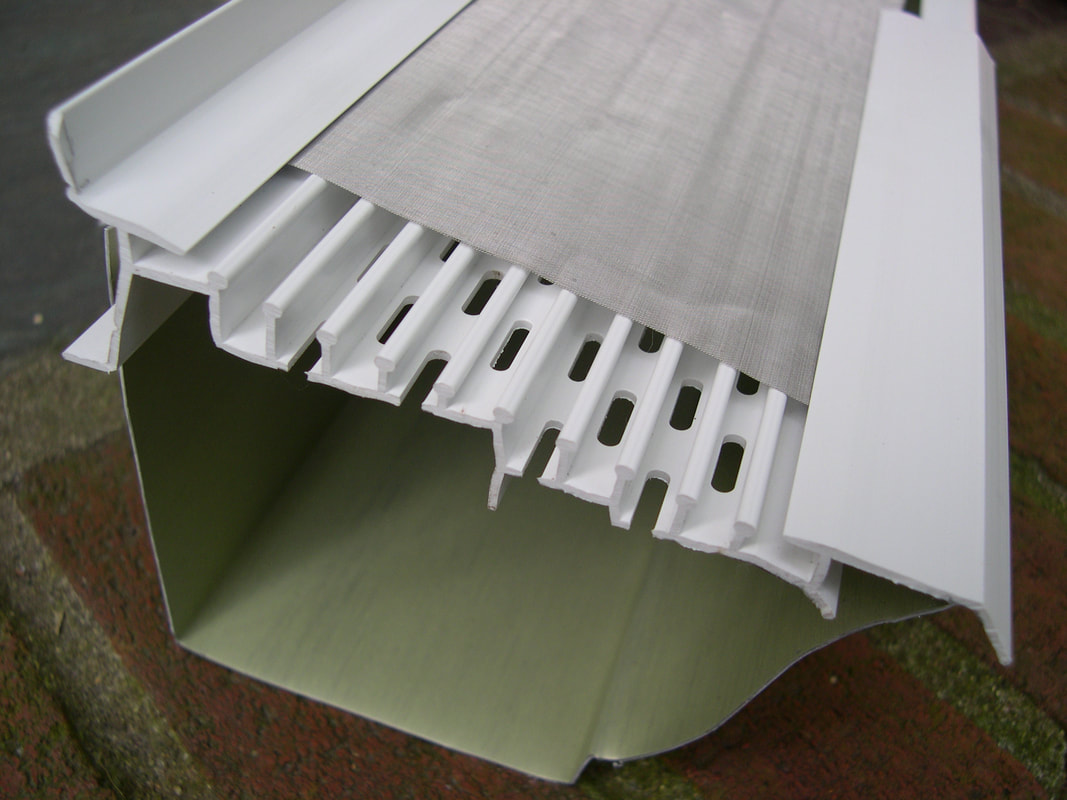
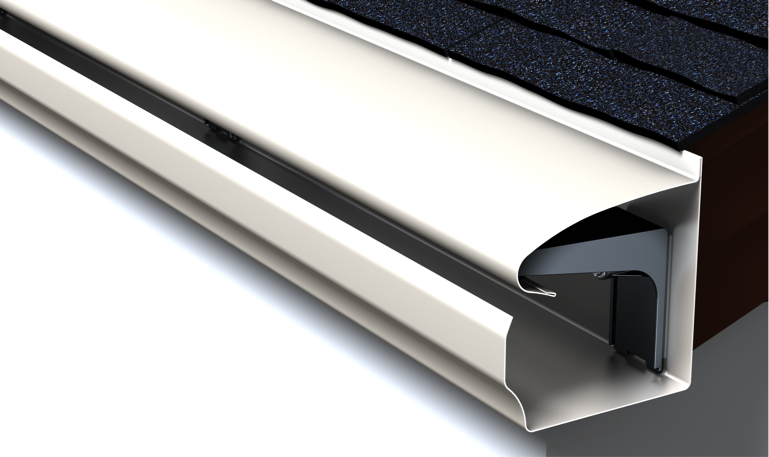
 RSS Feed
RSS Feed